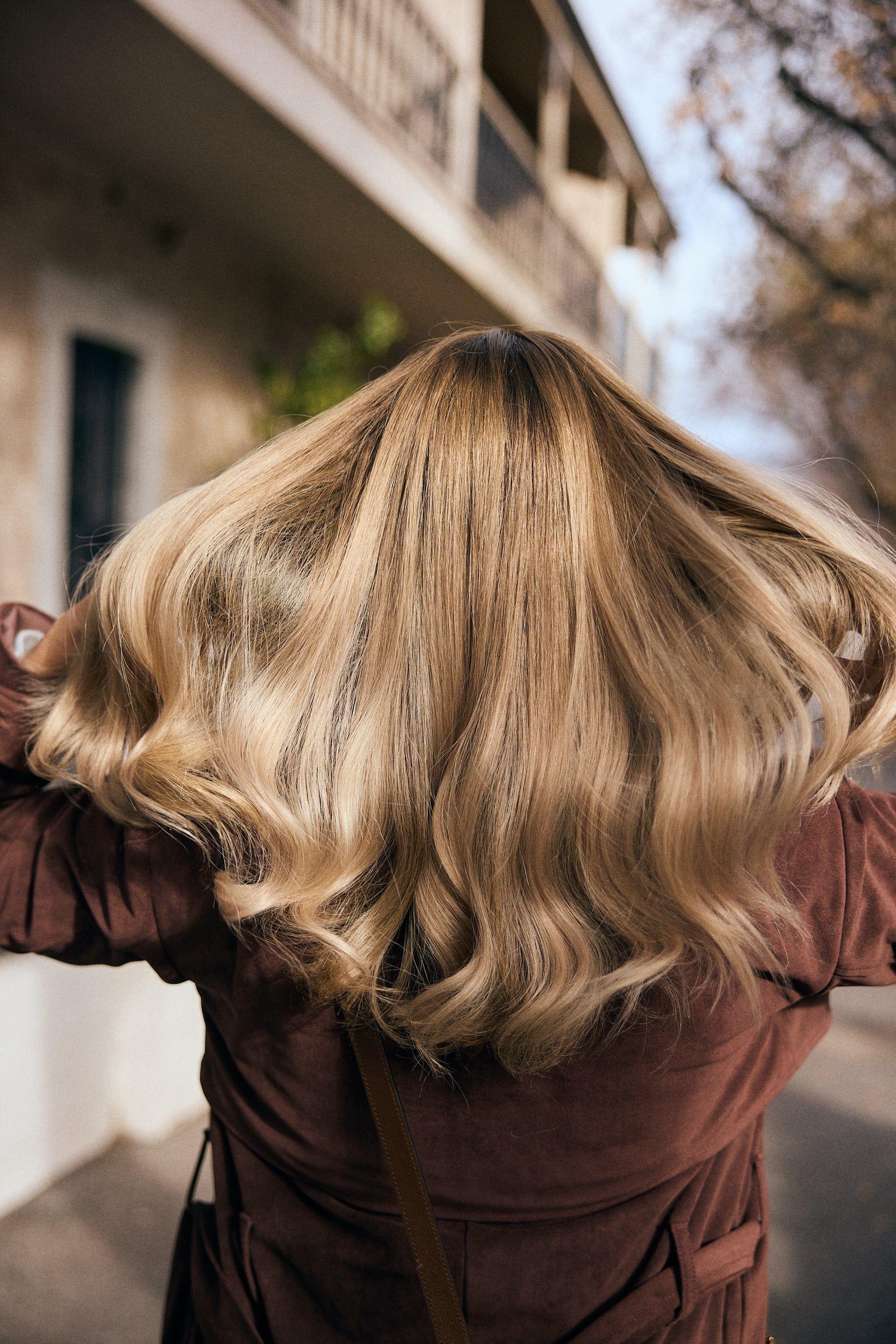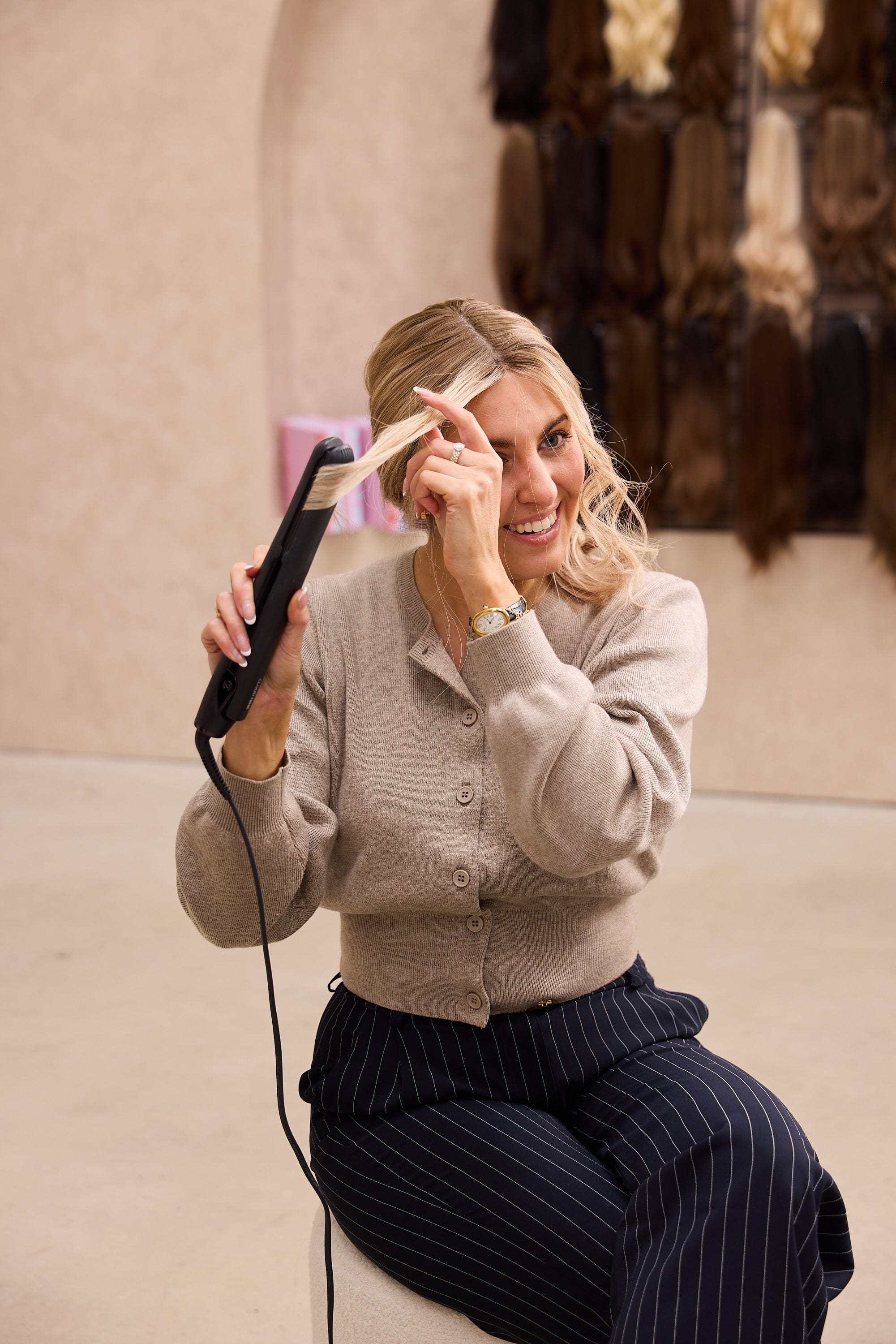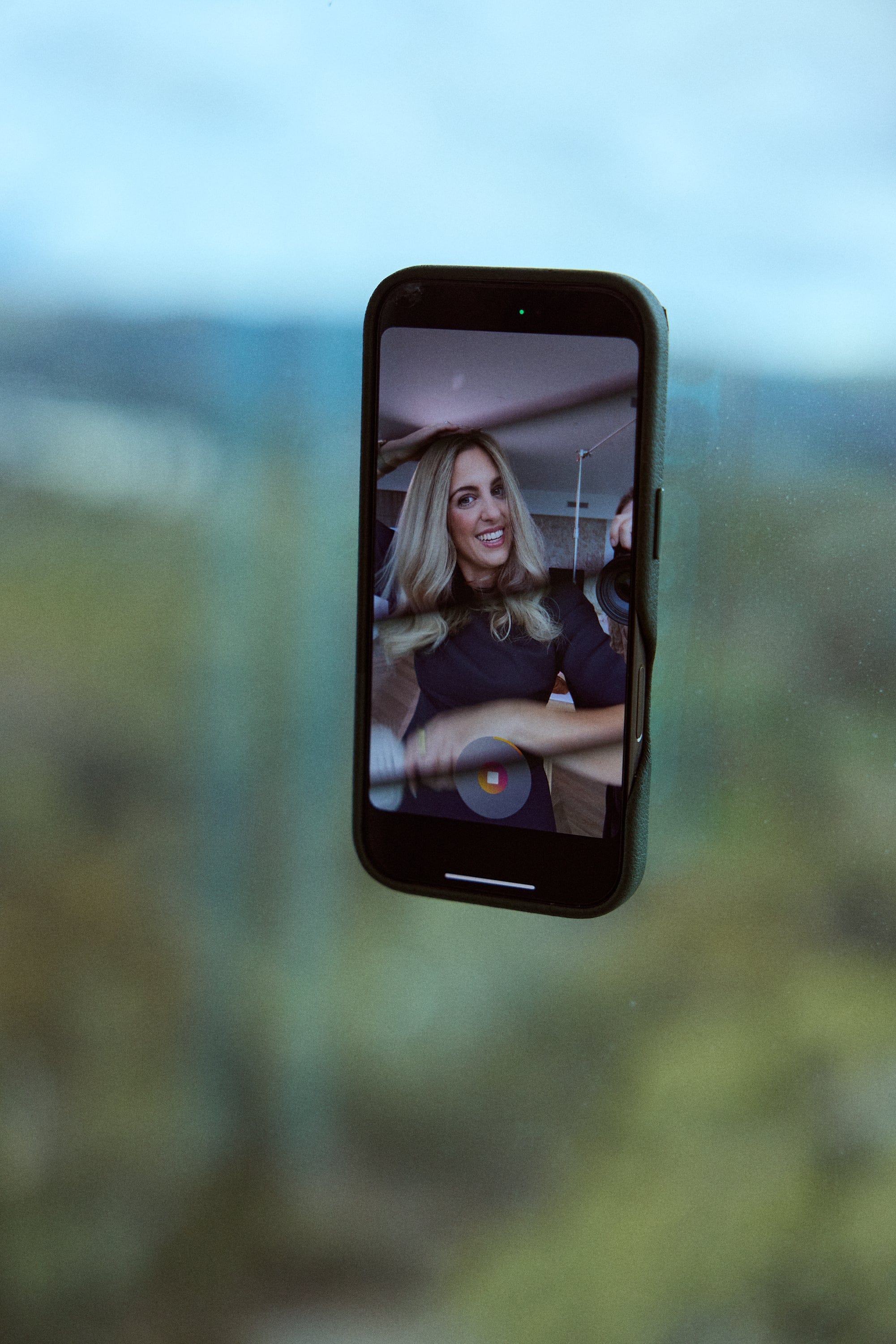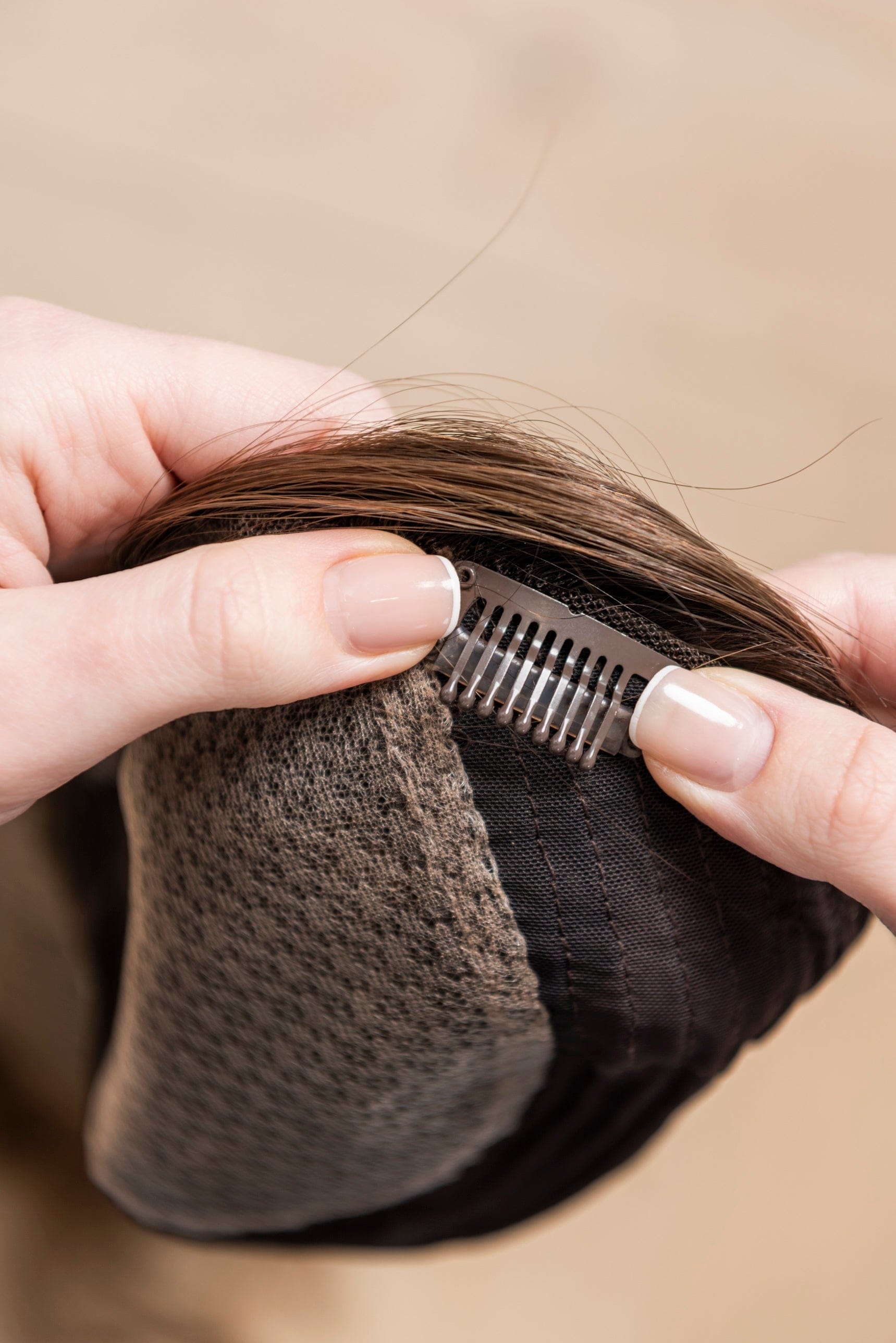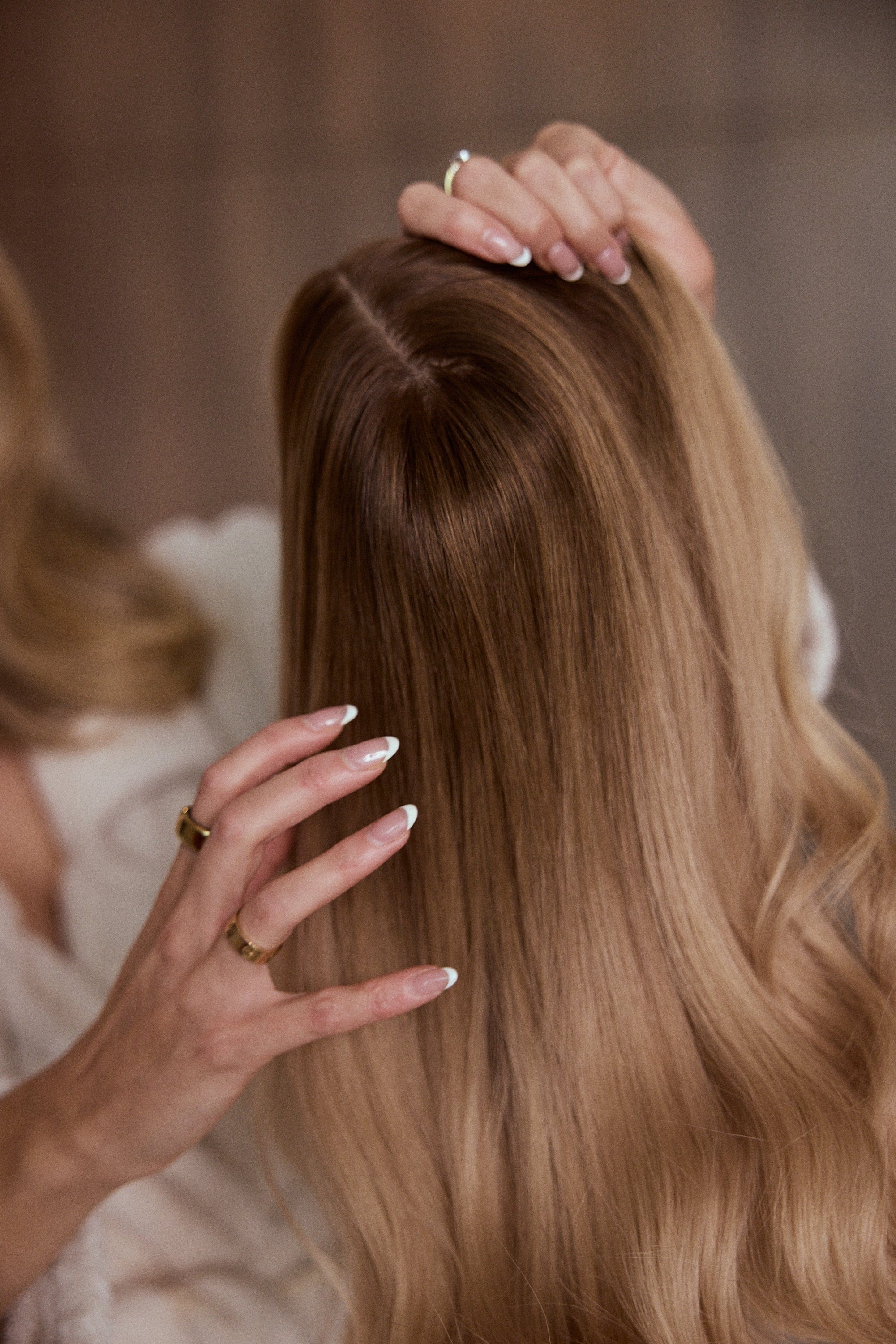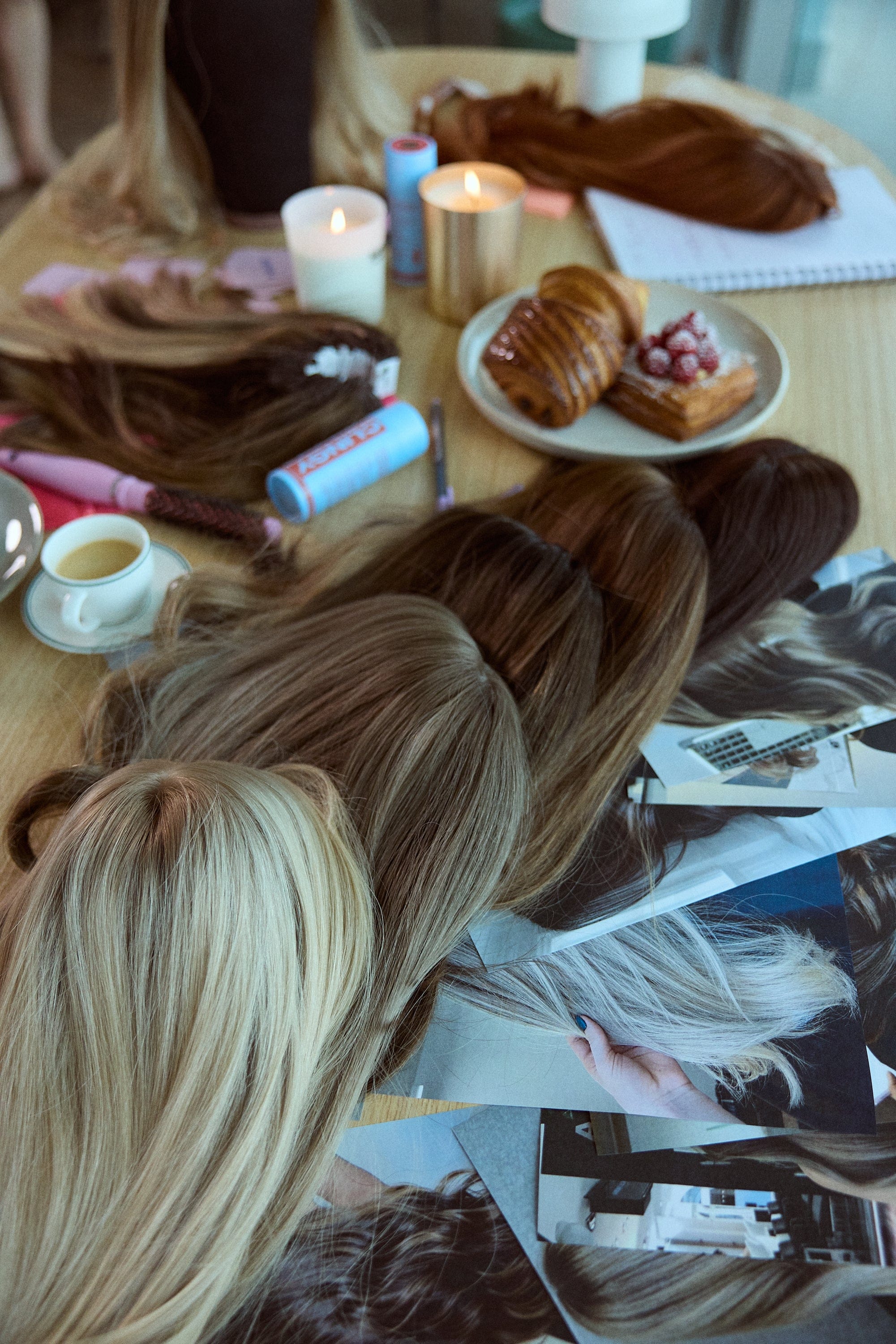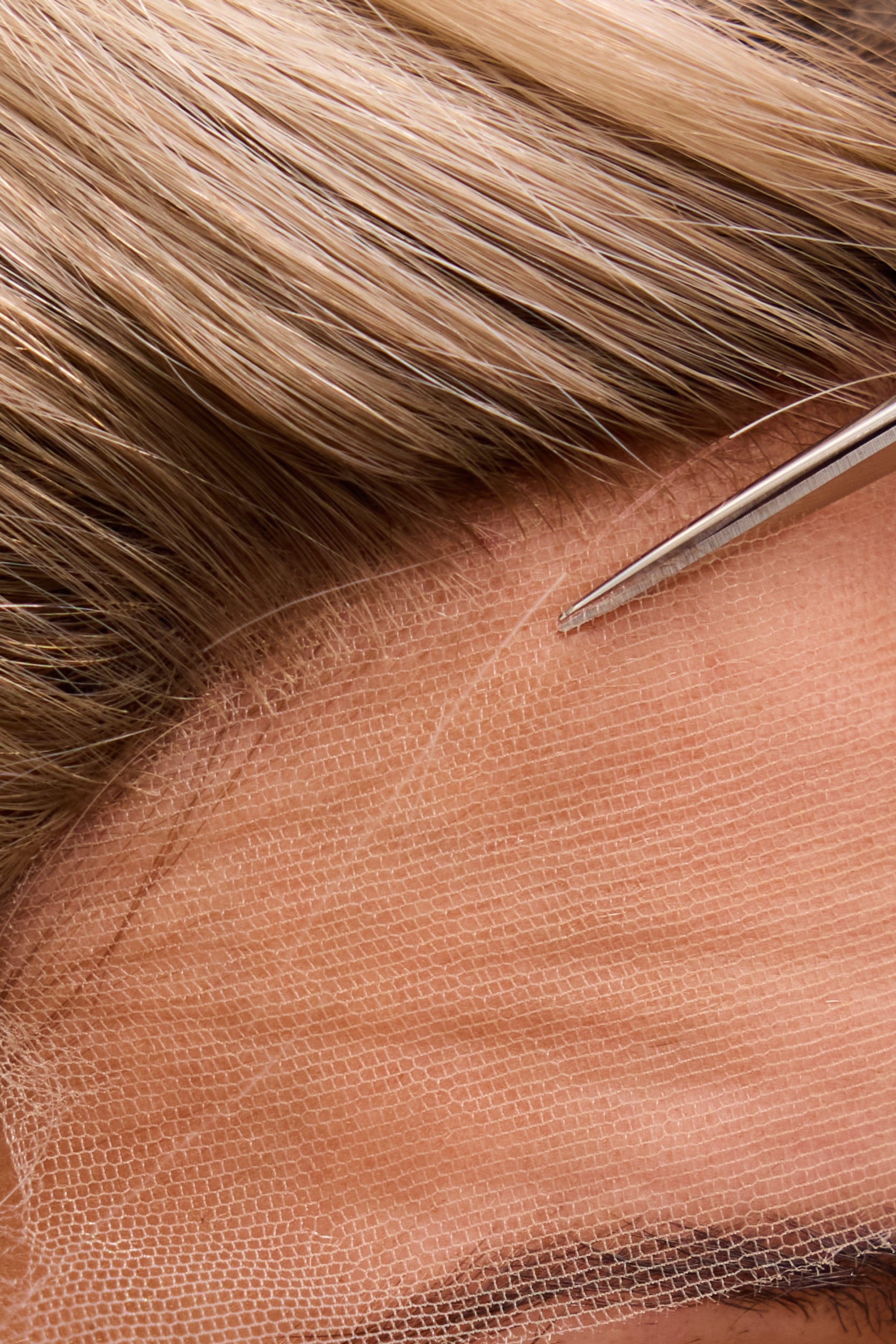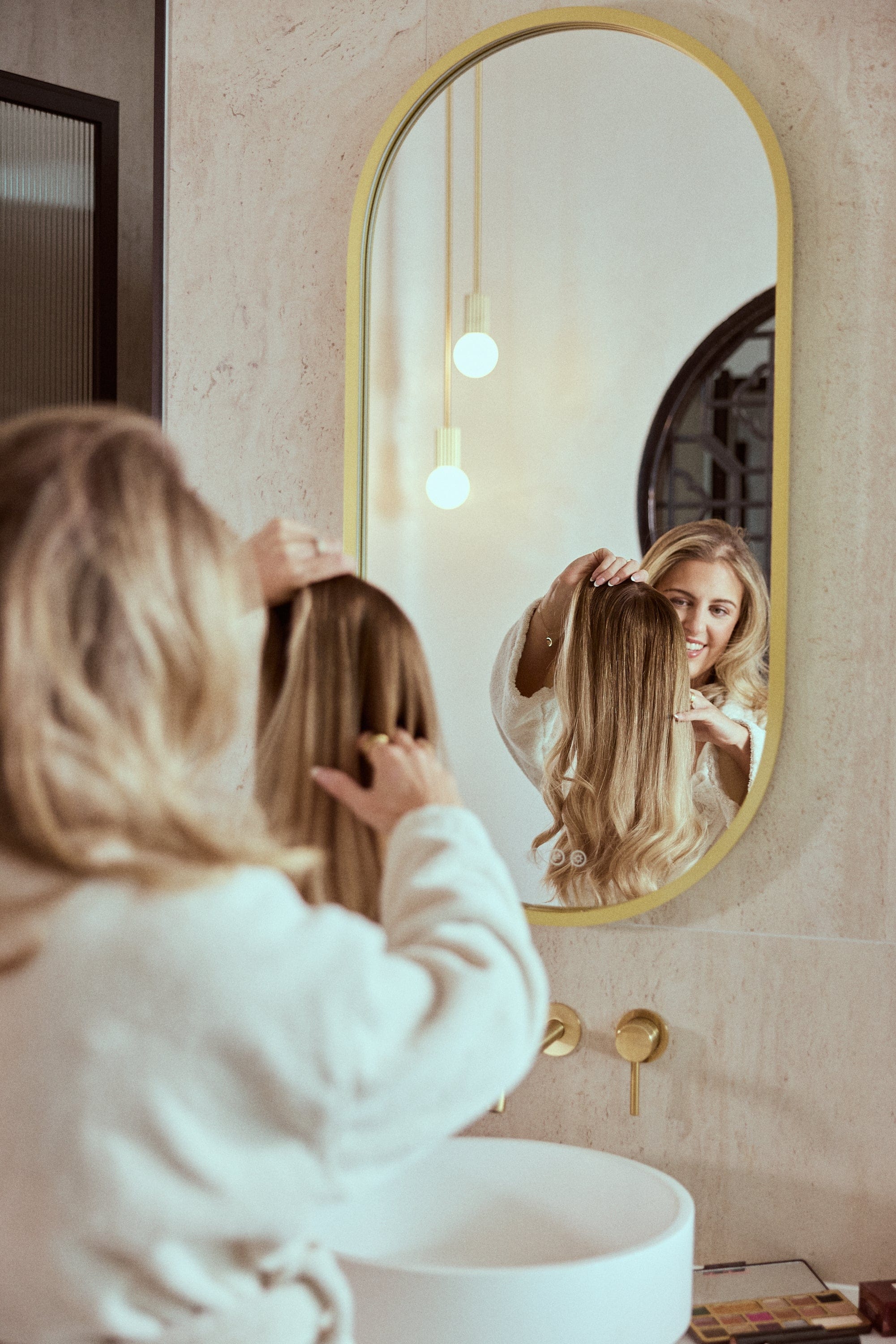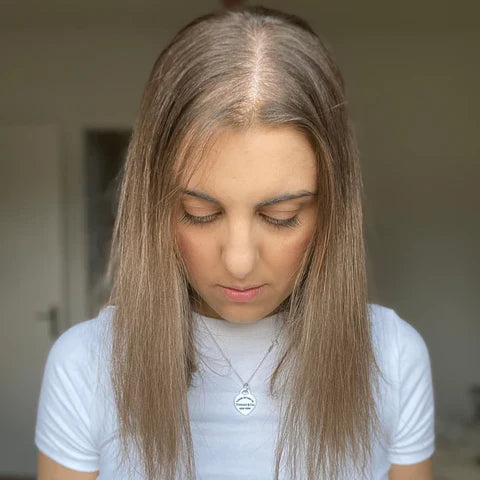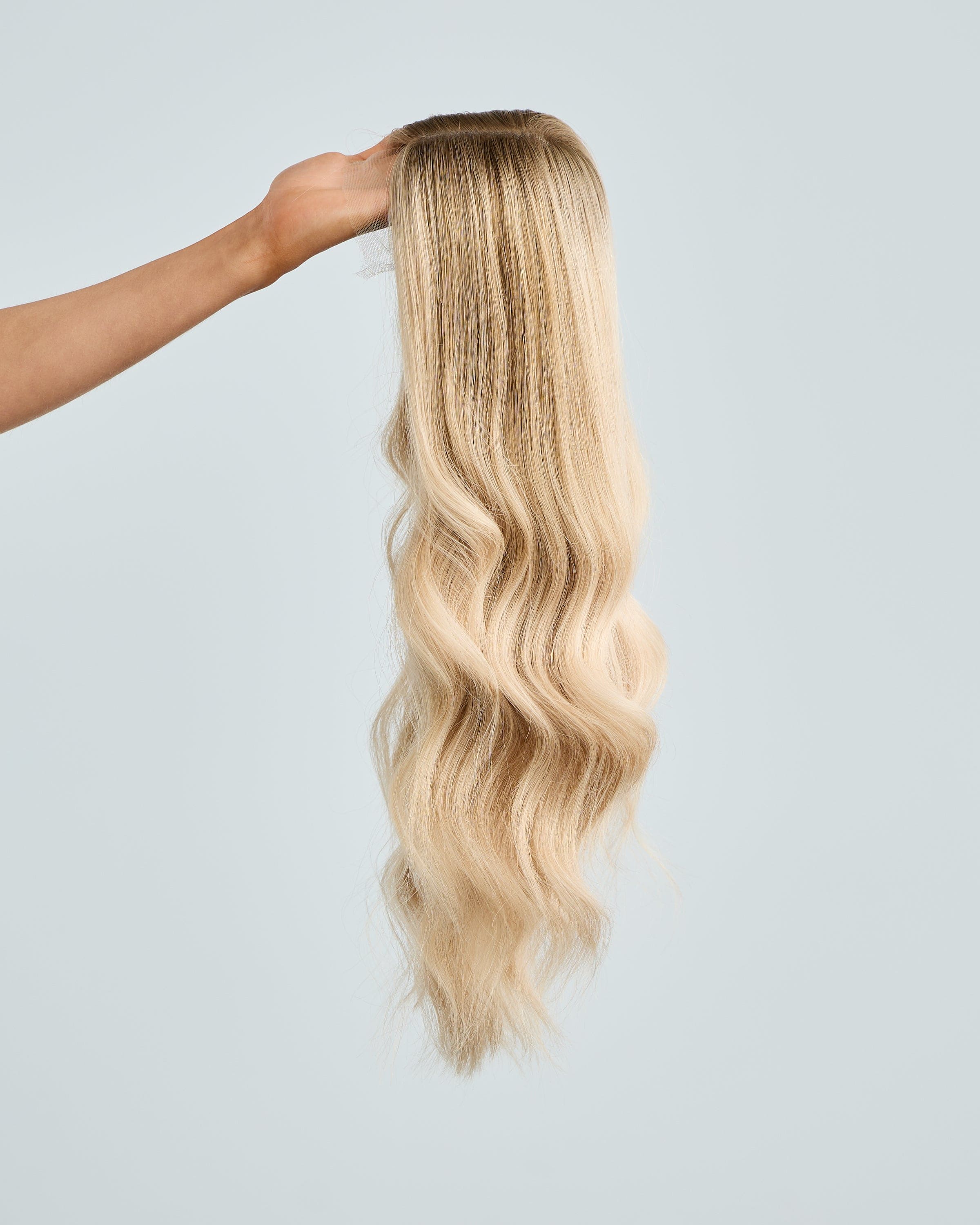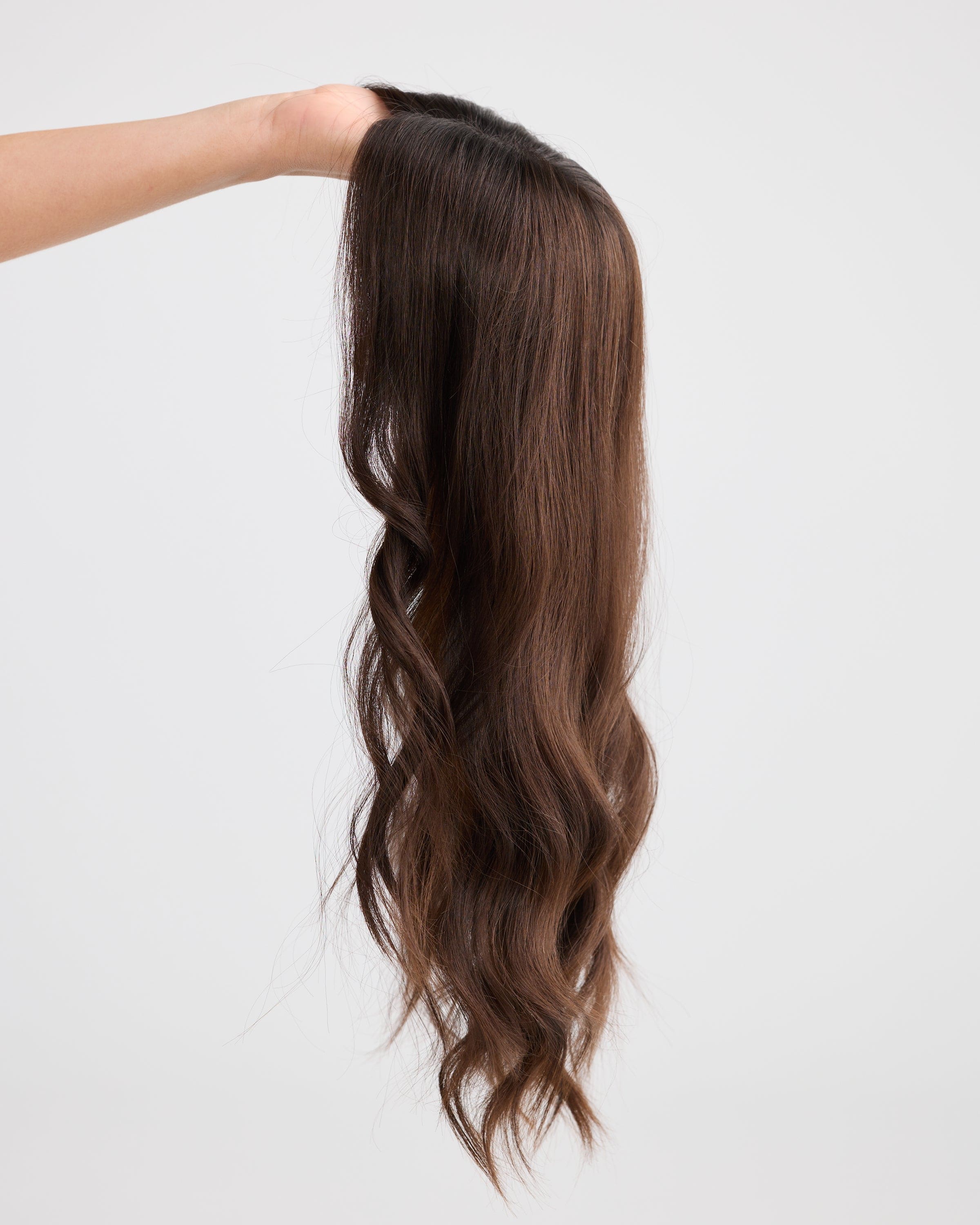What is Trichotilomania?
Trichotilomania, commonly known as trich, is more than just a challenging word to pronounce; it's a complex mental health disorder that involves recurrent, irresistible urges to pull out one's hair. This condition can target hair from various parts of the body, including the scalp, eyebrows, eyelashes, and other areas where hair grows. Part of a group of conditions known as Body-Focused Repetitive Behaviors (BFRBs), trichotilomania is characterized by repetitive actions that are directed towards the body, often resulting in physical damage and emotional distress.
Understanding Trichotilomania
-
Behavioral Patterns: Individuals with trichotilomania often experience an increasing sense of tension or anxiety before pulling, followed by relief or gratification after pulling. This cycle can become a compulsive act, making it difficult to stop despite attempts to do so.
-
Severity and Impact: The severity of trichotilomania can vary widely. For some, it's a mild nuisance with minimal impact on daily life. For others, it can be severe and highly distressing, leading to noticeable hair loss and significant emotional turmoil. This can affect aspects of daily living, including social interactions, work, and self-esteem.
-
Age of Onset: Trichotilomania commonly begins in the preadolescent or adolescent years, often coinciding with hormonal changes and increased stress. However, it can start at any age, including in very young children.
-
Co-occurring Conditions: Trichotilomania is often associated with other mental health conditions, such as anxiety disorders, depression, and obsessive-compulsive disorder (OCD). Understanding and addressing these co-occurring conditions is crucial in treating trichotilomania effectively.
Biological and Psychological Factors of Trichotilomania
-
Genetic Influences: Research suggests a genetic component to trichotilomania. Those with a family history of trich or other BFRBs may have an increased likelihood of developing the condition.
-
Brain Chemistry and Function: Neurobiological factors, including differences in brain chemistry and function, are believed to play a role in trichotilomania. Studies have shown variations in certain areas of the brain that are involved in habit formation, impulse control, and emotional regulation.
-
Environmental Triggers: Stressful life events, trauma, or changes in environment can trigger or exacerbate trichotilomania. For many, hair pulling serves as a coping mechanism to deal with negative emotions or stressors.
The Emotional Impact
The emotional aspect of trichotilomania is profound. Many who struggle with trich experience feelings of shame, embarrassment, and frustration. It's not just about the physical act of hair pulling; there's a deep psychological component to it, often linked to anxiety, stress, or emotional distress. This cycle of emotions can lead to a sense of isolation, impacting one's social life and self-esteem.
The Triggers
Understanding the triggers for trichotilomania is a crucial part of managing it. Stress and anxiety are common triggers, but boredom, fatigue, and intense concentration can also prompt hair-pulling episodes. It's a highly individualized condition, meaning triggers can vary significantly from person to person.
The Physical Consequences
The physical effects of trichotilomania go beyond hair loss. Repeated pulling can damage hair follicles, leading to permanent hair loss in severe cases. There's also the risk of skin damage, infection, and in some instances, the ingestion of hair, which can cause gastrointestinal issues.
Coping Strategies and Treatment
-
Professional Help: Seeking guidance from a mental health professional is paramount. Cognitive-behavioral therapy (CBT) has shown effectiveness in helping individuals understand and manage their hair-pulling behaviors.
-
Habit Reversal Training (HRT): This component of CBT involves becoming more aware of triggers and learning to replace hair pulling with a less harmful action.
-
Stress Management: Since stress is a significant trigger, learning stress management techniques like mindfulness, meditation, and yoga can be helpful.
-
Support Groups: Joining a support group, either in-person or online, can provide a sense of community and understanding. Sharing experiences with others who face the same struggles can be incredibly validating and empowering.
-
Creating Barriers: Physical barriers, such as wearing hats, bandanas, or gloves, can be a practical approach to reducing the opportunity for hair pulling.
The Role of Hair Toppers and Wigs
For those experiencing noticeable hair loss due to trichotilomania, hair toppers and wigs can offer a temporary solution, helping to restore confidence and self-image. It's important to find a comfortable, secure fit, as well as to ensure proper scalp care to prevent further irritation
Breaking the Stigma
One of the most significant steps in dealing with trichotilomania is breaking the stigma attached to it. Open conversations, education, and raising awareness are essential. Remember, trichotilomania is not a choice or a bad habit; it's a disorder that requires understanding and compassion.
We recommend checking out Hattie's page for support and guidance.
You're Not Alone
If you're struggling with trichotilomania, know that you're not alone. It's a journey with its ups and downs, but with the right support and strategies, you can manage the condition and live a fulfilling life. Remember, your worth is not defined by your hair or the challenges you face with it. You are so much more.
For those who love and support someone with trichotilomania, your patience, understanding, and support can make a world of difference.



